|
Improving technical control of dance movements through dynamic trunk stabilization and hip realignment The technique of ballroom dancing, as codified and practiced in class or a studio, is many times at odds with current understanding of biomechanical principles. One mechanical error dancers frequently make is performing partner lifts with the pelvis tilted anteriorly, and adopting greater than normal lumbar lordosis when transitioning from squat to standing. Movement screen – Exaggerated lumbar angle in weight-bearing
Movement screen - Resistance band pulls seated on ball
Release activity - Rectus femoris (RF) release with foam roller
Movement test - Back-leaning with supported trunk alignment
Movement screen - Bounce on ball with RIGHT leg held in position
Movement screen - Bounce on ball with LEFT leg held in position The atypical leg movement on the RIGHT is a sign that tensior fascia latae (TFL), is either tight or hypertonic and becomes overactive with hip flexion. Without releasing this muscle first, any attempts to re-center the hips dynamically - using endurance training to increase the inner range holding capacity of lower abdominals (deep intrinsic stabilizers) and gluteals - would be futile. Release activity - Tensior fascia Latae (TFL) release with roller
Movement screen - Reassess TFL activity in seated position
Conditioning Activity - Resisted lower-abs bracing and isometric strengthening
Conditioning Activity - Bilateral hip extension
Conditioning Activity - Lower abs activation with tailbone held-off platform
Forward leaning in a kneeling position – closed chain
Kettlebell swing
Movement screen - Squat-to-stand post intervention
When the dancer can spontaneously reproduce optimal pelvic alignment, and activate choice muscles with required intensity and in the same sequence, he is considered to have developed sufficient kinesthetic memory for biomechanically correct lifting, and reached the last stage of movement re-education. At this point, he is encouraged to practice independently using multi-planar, multidimensional, whole-body movements, so he can gain ever-increasing control and awareness over the hip-centering technique. These combination moves are always performed with abdominal bracing and the lumbar spine in neutral position. Exercise one introduces specific arm movements to lengthen the Lats, which can interfere with TLF (Thoraco Lumbar Fascia) activity when short. Exercise two introduces hip flexor eccentrics and increased holding times with quads held in long position. Some authors recommend, and evidence indicates, that movements that combine stretching of short structures with lengthening of tight ones, and holding times of 30 seconds minimum, and repeated frequently provide the best results for correcting muscle imbalance (Sahrmann 2002). So versions of these functional moves are built into the dancer's maintenance routine to sustain improvements. In my view, any dancer or instructor, who is looking to improve or prolong their dance career, ought to consider becoming educated about how movement habits may effect their performance, endurance capacity and susceptibility to injury. This period should be thought of as an opportunity to improve the skill-related components of lifting and learn to perform this action in a manner that does not stress the muscular, myofascial and neural systems. Any conditioning modality (Pilates, Feldenkrais, Lyengar yoga, Gyrotonics), or a practitioner who is able to identify areas of excessive tissue tension and employ scientifically based methods to regulate reflex action and inter muscular coordination, can ultimately restore normal neuromuscular parameters at the lumbar-pelvic region. Are you looking for opportunities to improve your lifting? Get an assessment! After learning the reasons why your form falls apart, and which muscles, or habitual trends may be responsible for creating problems, you'll be introduced to a set of exercises that'll help you improve the dynamic behavior of hip-extensor/trunk-stabilizer muscles, and control components of lifting motion. Your body can become a source of healing, resolve and greater wellness, when movement is allowed to play out in balanced proportions through guided training experiences. Zoltan ©Design Better Bodies 2018 Disclaimer
To follow any advice in this blog requires knowledge of proper exercise form, base levels of strength and fitness. Although exercise can be very beneficial, the potential for injury is real, especially if a participant is not in good physical condition. Always consult your healthcare provider before beginning a new program or exercise, or performing any of the movements discussed. Should you decide to give an exercise a try, stop immediately if you feel any strain or pain and contact your GP or health practitioner. A formal evaluation from a trusted health professional is still the most appropriate way to be consulted for any special guidelines or contraindications and to make sure that you are taking the right course of action. The information provided herein does not constitute or meant to substitute medical advice. The publisher has made all the effort to ensure that all information given is accurate, but cannot accept any liability for any resulting injury or loss or damage to either property or person, whether direct or consequential and howsoever rising.
0 Comments
Leave a Reply. |
Archives
December 2018
Categories
All
|

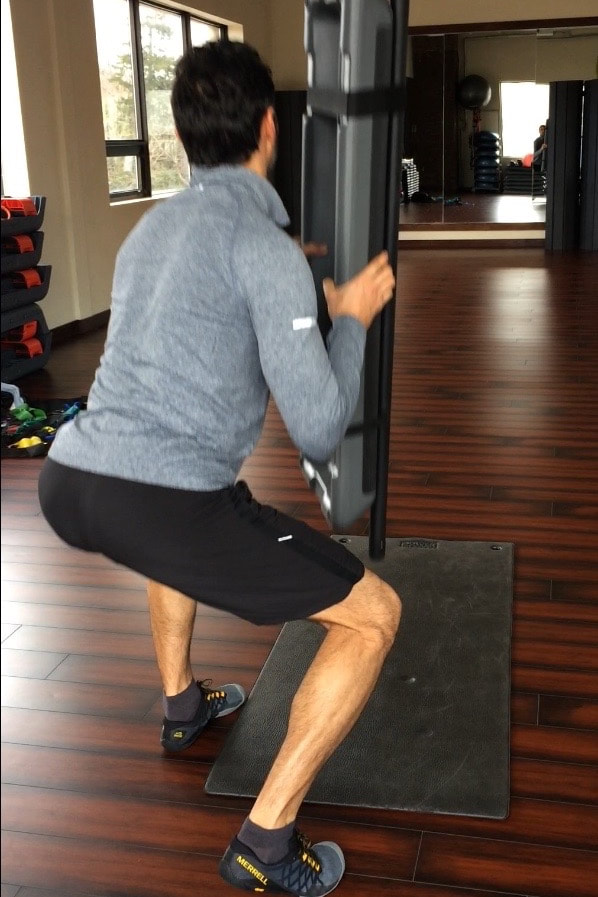
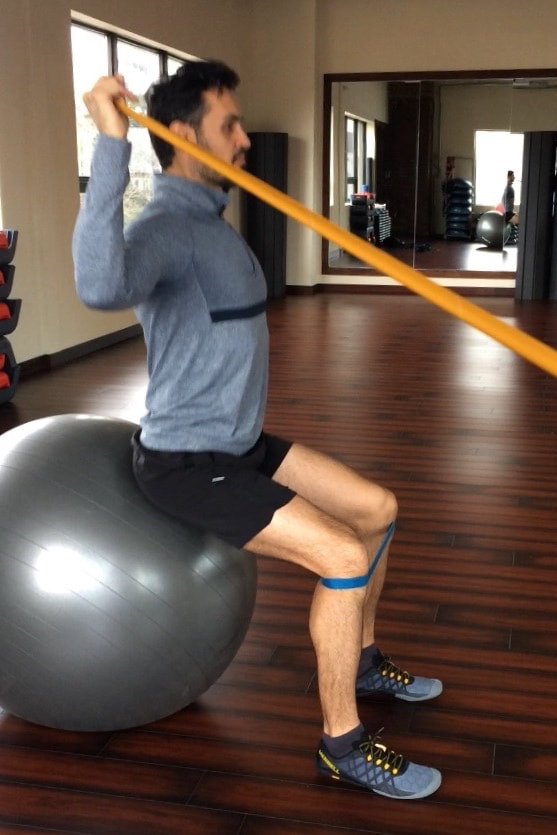
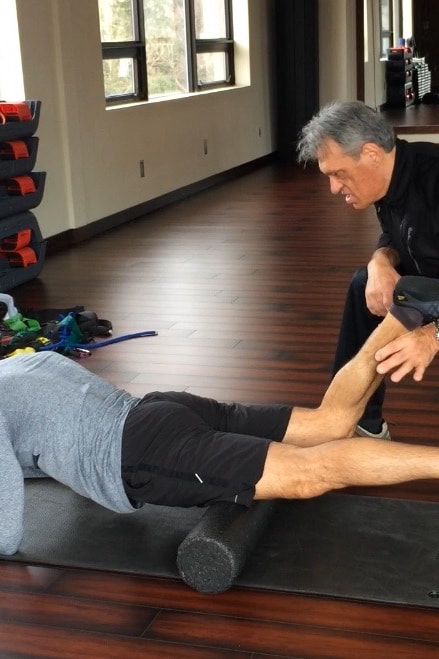
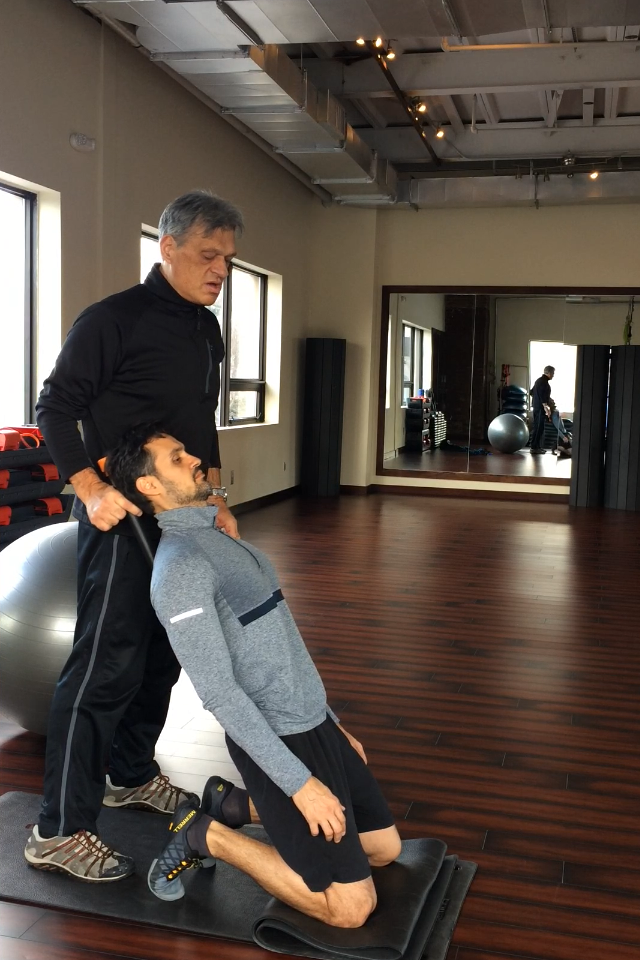
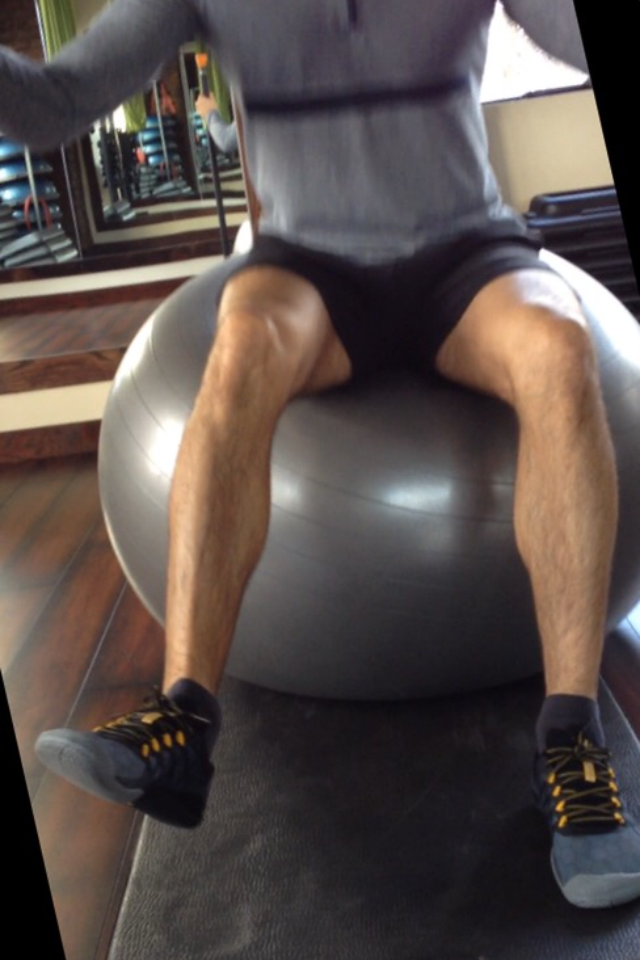
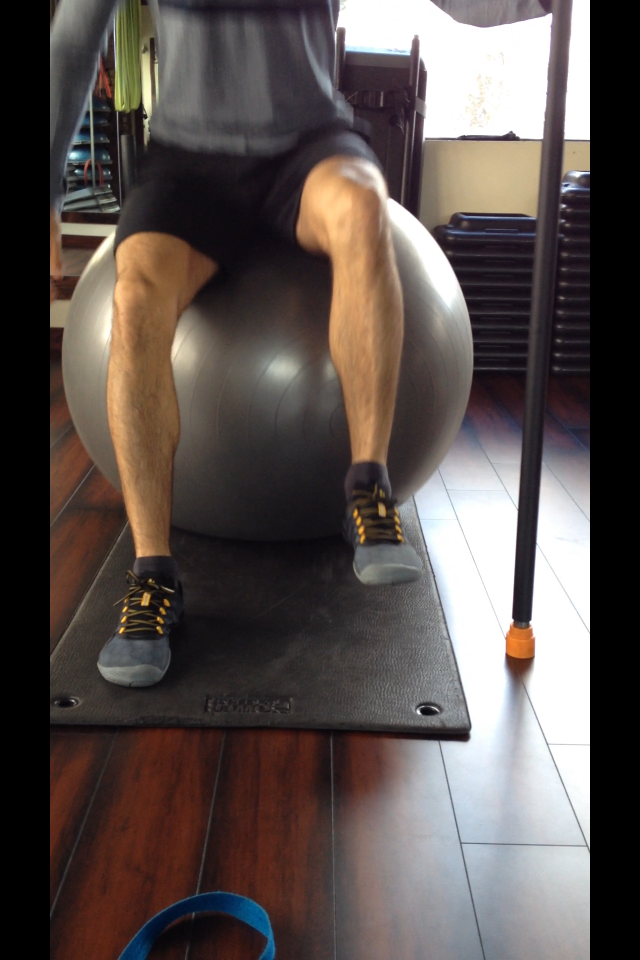

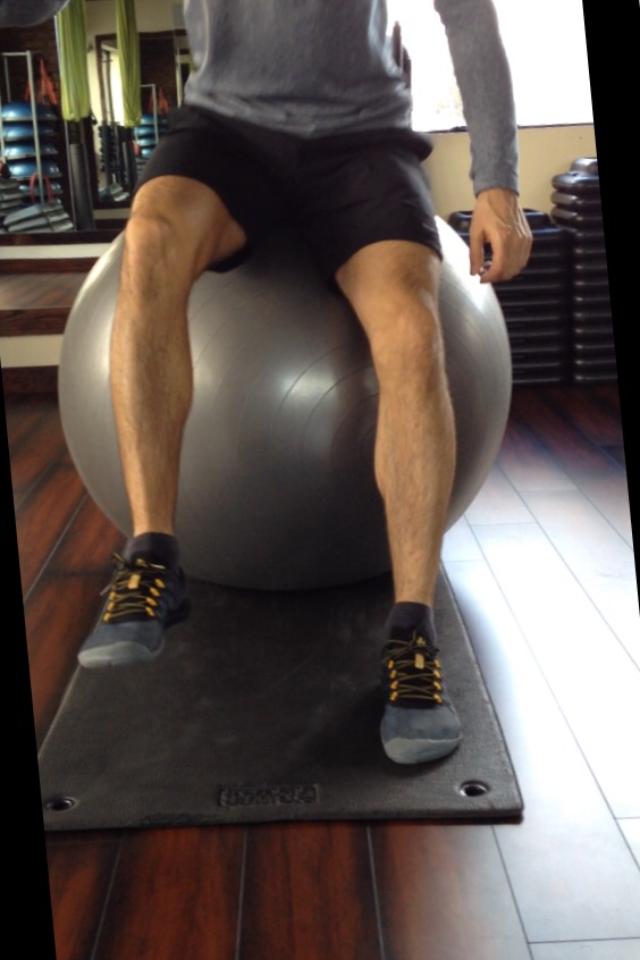
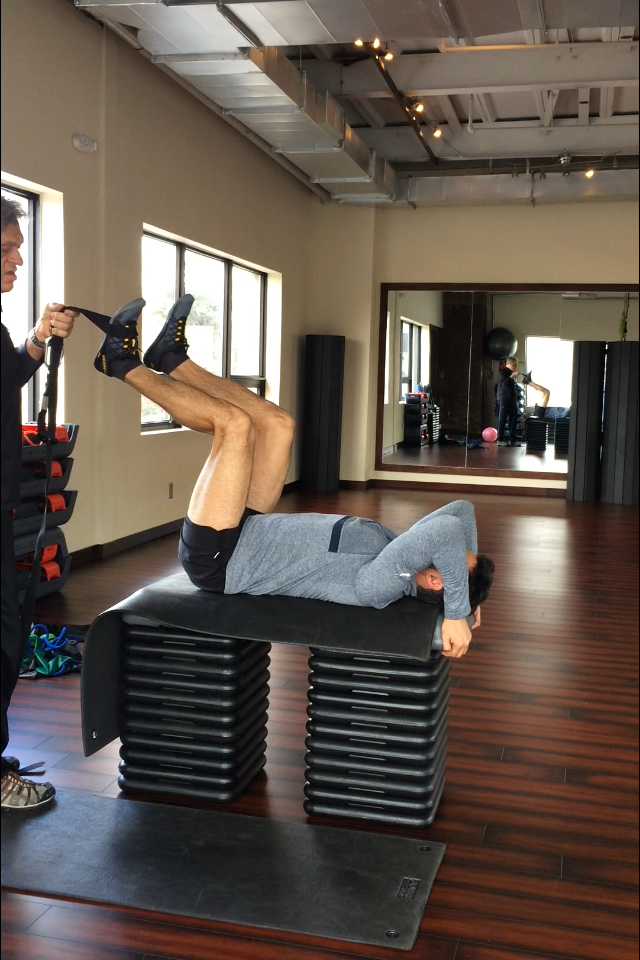
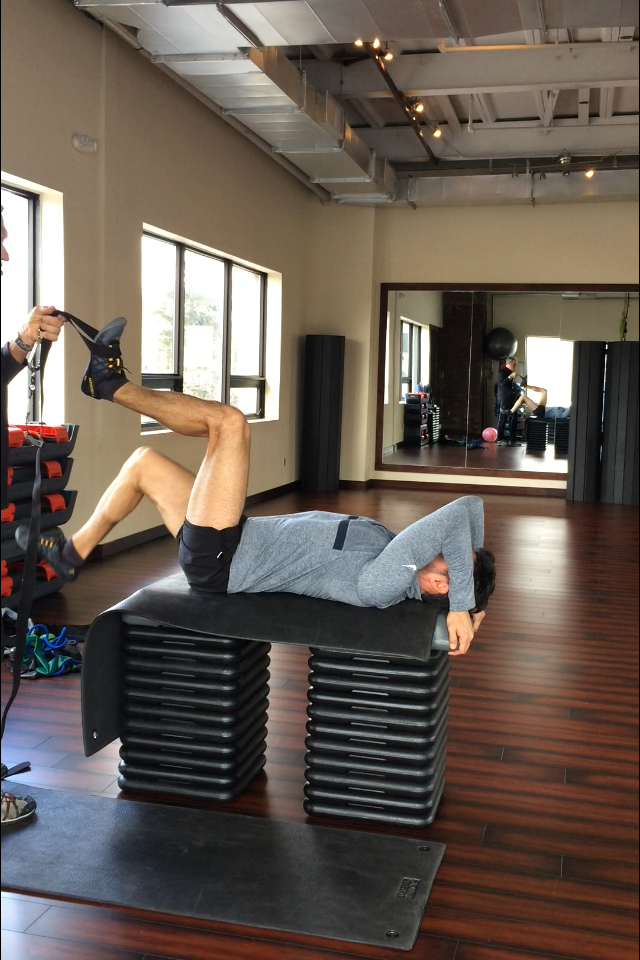
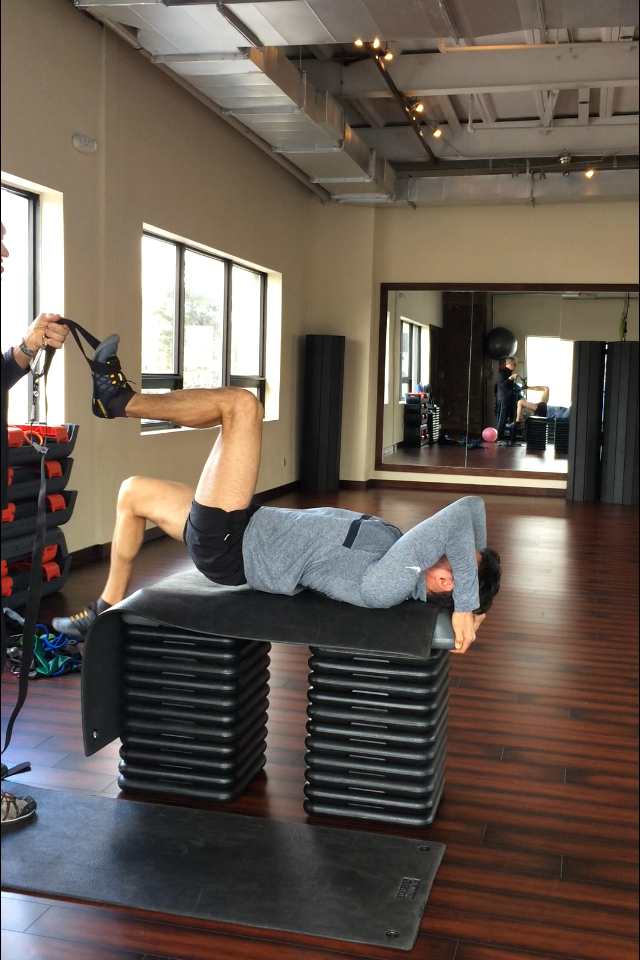
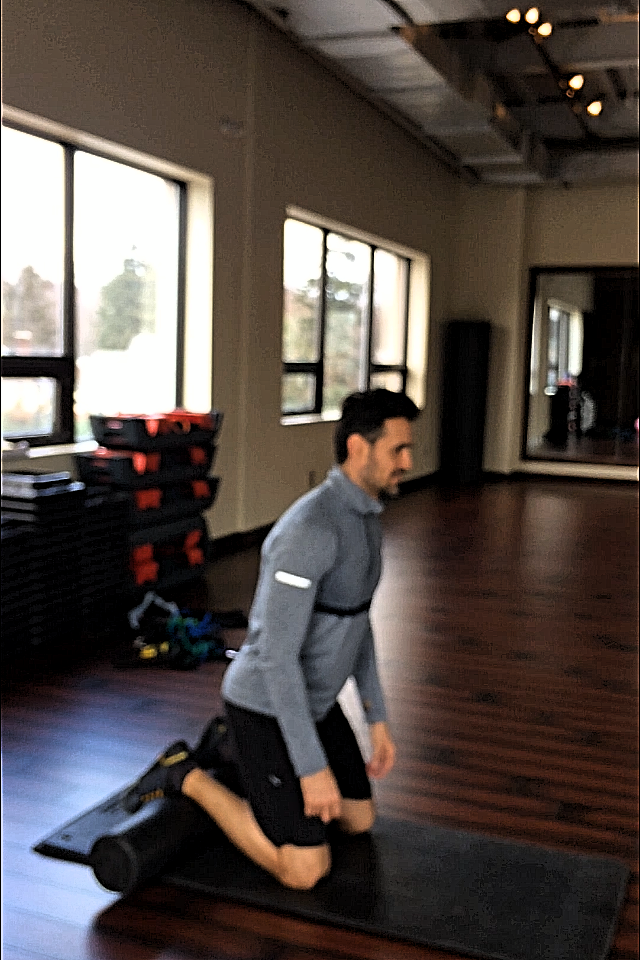
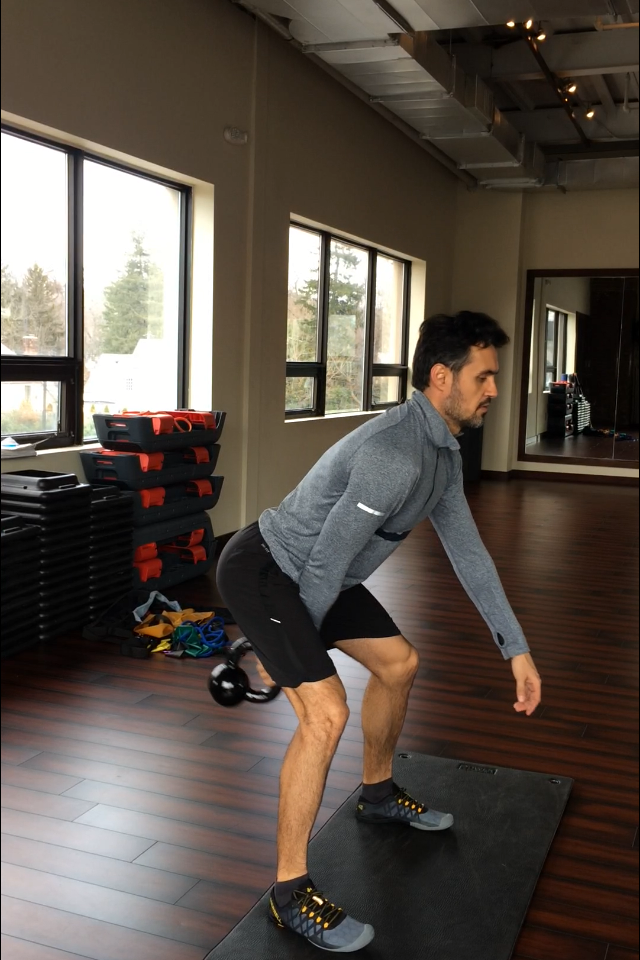
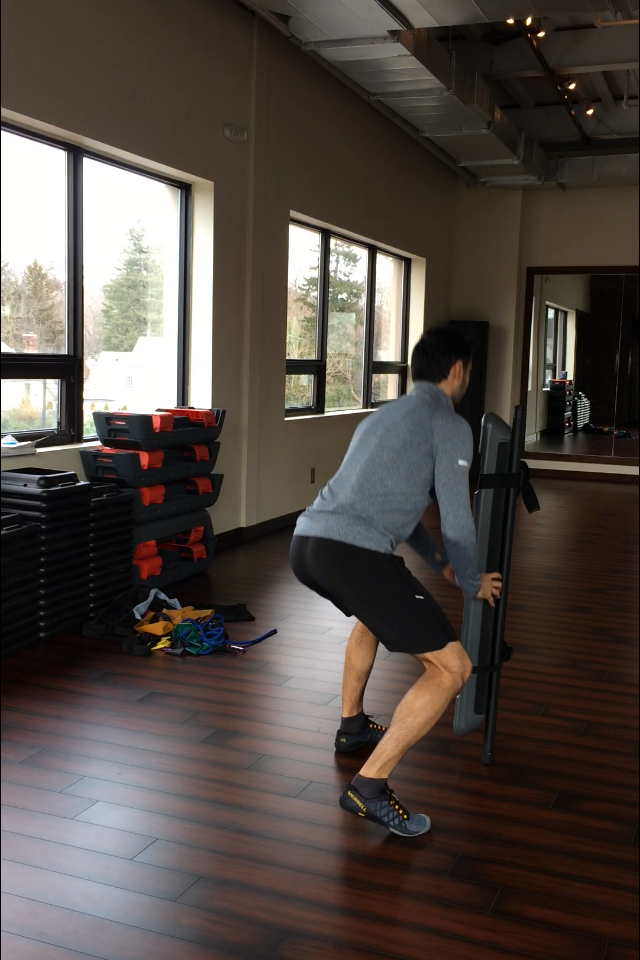
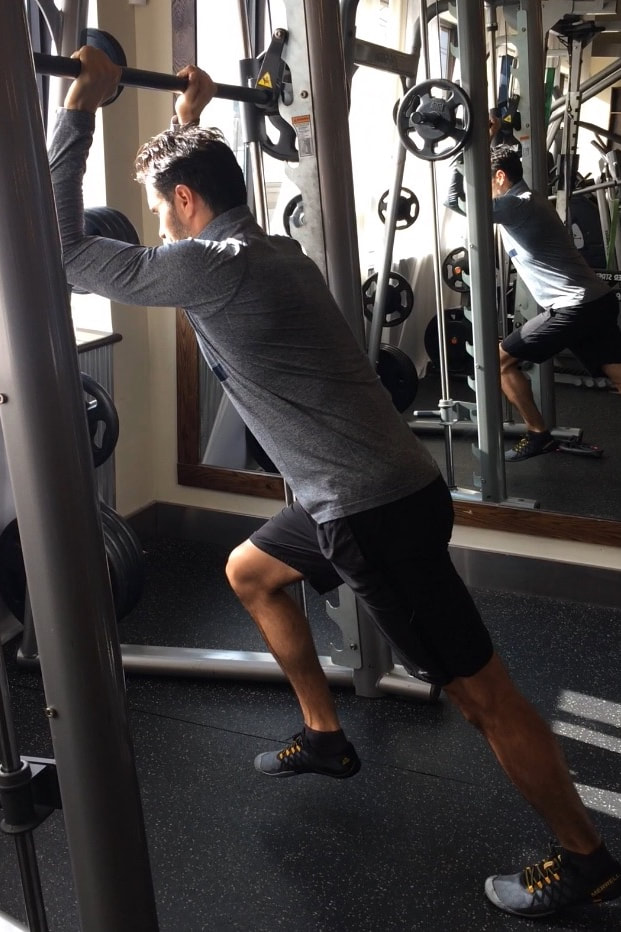
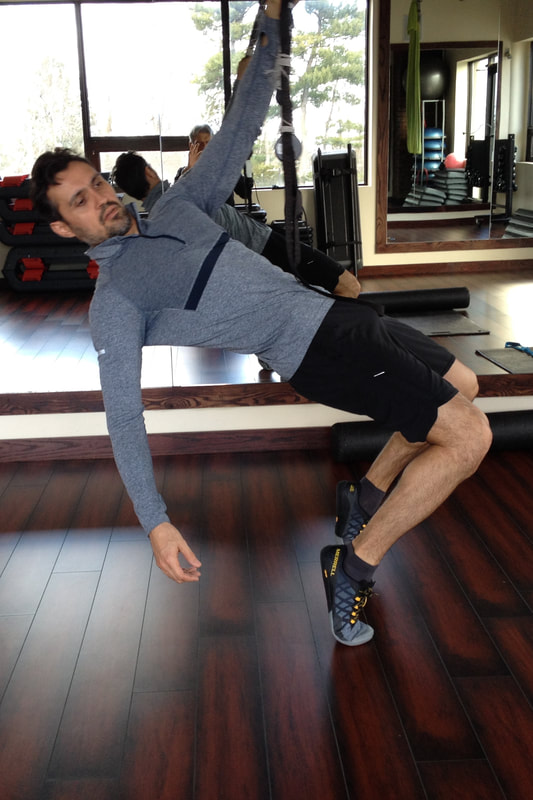
 RSS Feed
RSS Feed